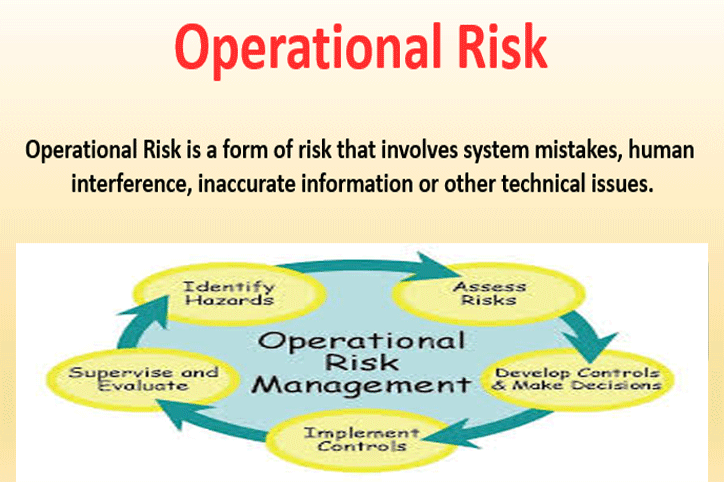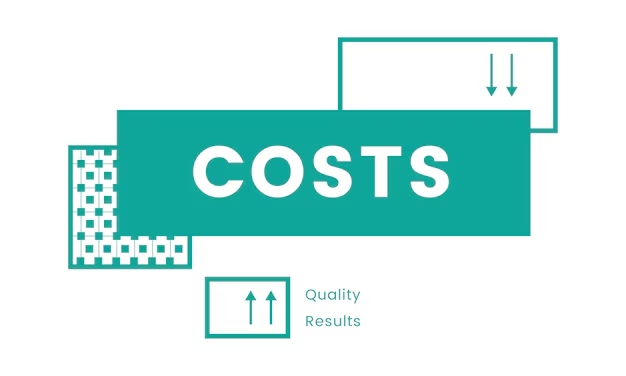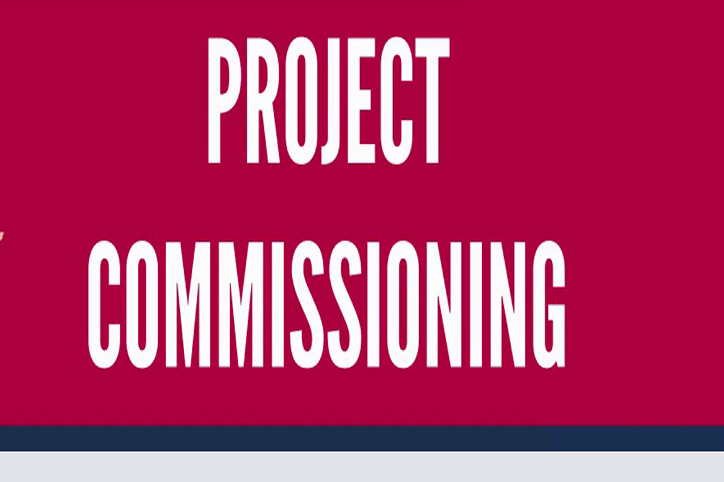Operational risks form an intricate part of the work in all organizations. Operational risks are the kind of risks that involve loss as a result of a human error or system failure. There are also so many other things that can lead to operational risks. Due to the very fact that operational risks have severe effects, it is essential that they are managed.
The management of operational risks, which is also termed ORM, is one device that assists in ascertaining possible operational risks in addition to their effects. Furthermore, this tool helps people make a sequential process or system to tackle the risks associated with operations in any situation.
The management of operational risk is developed while operational use is ongoing and not at the stage of development. This process is a continuous one that is made up of several stages. These steps are the assessment of risks, decision-making on risks, and carrying out the various methods of risk control. With the assistance of the procedure, operational risks could be reduced, come to terms with or totally avoided.
Stages of Managing Operational Risks
First things first, the move towards managing operational risks is intended for coming to terms with the intricacies of a business, as well as to find out all the likely risks that are connected to it. Take for instance; the risks that are linked to the banking sector are very distinct from the risks that are connected to the hotel and hospitality industry.
You have to study the risks that are connected with the business you want to delve into and do not spend the time bothering about what risks are known to be associated with some other industries. There are 3 stages of the management of operational risk which you can embark on and can deploy as a system of managing operational risks.
1- The In-Depth Method
The in-depth method is a kind of system of managing risks that is beneficial in the perfect world. In the theoretical sense, it is renowned for giving optimum positive results as well as reducing the effects of risks, although to an extent and not wholly. This method of in-depth risk management is used before beginning work on any task. The managers will have so much time to organize and prepare to manage potential risks.
Several preventive measures could be set in place, those working on the project could be trained, directions could be written out, procedures and policies could be drawn up and protective kits could be procured in order to protect workers on the project.
2- Deliberate Method
This style of managing risks (ORM) is better suited for our world as it is. Deliberate management of risks does not sit around waiting for an extremely unpleasant circumstance to come up in order for something to be done. This method is carried out at a number of stages during the cycle of the task. Furthermore, it could as well be used to carry out scheduled safety checks, as well as performance measures. For instance, a number of actions like job training, quality assurance, safety briefs, performance reviews, and safety checks could be added to deliberate risk management.
3- Time-Critical Method
Just like the name indicates, this method of managing risks is carried out during critical circumstances. Such operational management of risks is carried out in the midst of other operations as well as during the execution of an exercise.
The time-critical method of operational management of risks is carried out at a time when the company has limited time, prior to a time when the process will be halted or impeded as a result of unknown risks.
The majority of establishments abide by this procedure of operational management of risks. For them, this is one method in which they can analyze the circumstance, as well as arrange their resources in accordance, conduct background studies about such risks, relate their plans to other members of the team and finally act and debrief.
Stages of Managing Operational Risks
In the segment above, we have discussed the 3 various processes of operational management of risks, plus the fact that they are being put into practice and is fixed for specific times. In the following segment, we will discuss the stages that have to do with a typical process of operational management of risks in order to prevent potential risks.
1- Detection of Operational Risks
Detection of risks is the first and principal step that would open up the way to taking the edge off its effects. Various risks are linked with various types of ventures. All the same, there are yet a few risks linked to business as a whole, its kind notwithstanding.
So, in order to detect risks, form a team of members of your staff with diverse backgrounds. Through this, you have the ability to bring in employees that have garnered a different degree of experience.
Employees who have different experiences would provide diverse insights into a venture, as well as detect the possible risks which could occur at various levels of a venture.
2- Evaluate the Operational Risks (ORM)
In this following stage, you have to evaluate every one of the risks which you have pinpointed. Prioritize the operational risks according to their occurrence and the damage they could cause. In addition, the topmost priority risk ought to be dealt with first. Evaluation of these risks ought to be carried out both qualitatively as well as quantitatively.
3- Search for the Way Out to Appraise, Tone Down or Get Rid of the Operational Risks
As soon as you have discovered and evaluated the risks that could occur. You ought to search for a remedy to gauge the effects of these risks. Moreover, you find solutions to tone down or get rid of them.
It is very essential that you control the effects of the risks in order that the mess would be reduced to the barest minimum with effects that could be fixed and that could lead to far less loss to the enterprise.
4- Monitor and Review
Your assignment is not over as soon as you have discovered every possible operational risk. In addition to ascertaining the ways in which you could handle them. This is due to the fact that the business world keeps changing now and again. Therefore, with the variations in the world of business, the kind of risks connected to that kind of business continues changing as well.
For this reason, you ought to continue keeping an eye on the system, as well as continuously searching for possible risks and tackling them in advance so that they do not cause irreversible destruction to your business.
Added to these, you could as well find out the efficiency of this method used to tackle the damage and fix the dodges you discover in the process.
Read More: The Status of Commissioning and the Technology Evolution
Advantages of the Concept of Operational Management of Risks
In this segment, we will discuss the advantages of operational management of risks to a business and the reasons it is vital to carry this procedure out.
- Operational management of risks (ORM) assists you in building more dependable and efficient business operations.
- You have the ability to prevent big losses by recognizing negative activities early on in your lifespan.
- Continuous observation and appraisal procedure of operational management of risks enables you to create efficient operations of risk management.
- The forfeiture of investment could be reduced by utilizing the tools of operational management of risks that are brought about by not identifying risks properly.
- The process of reaching a decision concerning a task that has major risks becomes very successful when you use the operational management of risks.
- This method brings to a minimum the overall cost of compliance.
Need Help or Advice in Academic Writing
See Samples
https://independent.academia.edu/shamsulIslam8
Need Help or Advice in Content Writing Management:
Would you like more advice? Do you have good practices to share? Express yourself in the comments. Also, if you want help in writing content to drive more traffic and boost conversions, please get in touch through Contact our team.
Do you want help writing quality content, driving traffic to your website, and boosting conversions? You can contact me through my Freelancer.com profile also. I always prefer to work through my Freelancer.com profile for smooth functioning. Here you pay safely and securely.
Read More:
BIGGEST COMPANIES IN THE WORLD BY MARKET CAPITALIZATION
DIRECT COSTS | DEFINITION, ILLUSTRATIONS | ESTIMATE DIRECT COST






















